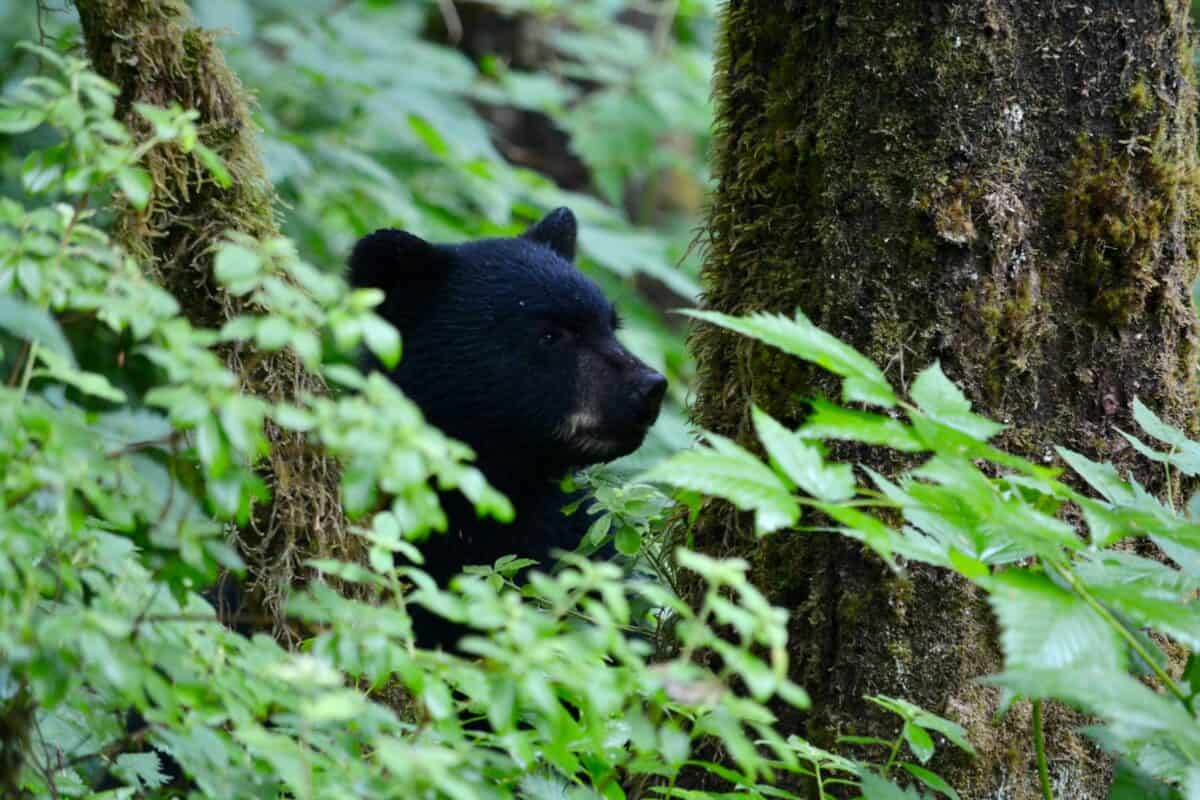The Appalachian region, stretching from southern New York to northern Mississippi, once boasted some of North America’s most diverse temperate forests. By the early 20th century, however, an estimated 60-70% of these ancient woodlands had fallen to industrial logging, coal mining, and agricultural expansion. The American chestnut, once comprising up to 25% of Appalachian forests, was virtually eliminated by the 1940s due to an introduced fungal blight, further destabilizing the ecosystem.
This widespread deforestation had catastrophic consequences for wildlife. Species like the eastern elk went extinct, while eastern cougars, red wolves, and fishers disappeared from most of their range. Stream-dwelling creatures suffered as erosion from bare hillsides choked waterways with sediment. The loss of these forests represented not just an ecological tragedy but a cultural one, as the region’s identity and economy had been intimately connected to its woodland heritage for generations.
The Birth of Appalachian Reforestation Efforts

By Eric Hunt – Own work, CC BY-SA 3.0, https://commons.wikimedia.org/w/index.php?curid=21132465. via Wikimedia Commons
Reforestation in Appalachia began as early as the 1930s with President Franklin D. Roosevelt’s Civilian Conservation Corps (CCC), which planted millions of trees on abandoned farmland and logged-over mountains. This initial push was primarily motivated by concerns about soil erosion and timber production rather than biodiversity. The creation of national forests throughout the region, including the George Washington, Jefferson, and Monongahela National Forests, protected large tracts of land from further development and allowed natural regeneration to begin.
More recent reforestation efforts have taken a more ecological approach. Organizations like the Appalachian Regional Reforestation Initiative (ARRI), formed in 2004, have focused on restoring former mining sites using the Forestry Reclamation Approach. This method aims to create suitable conditions for native forest growth rather than simply planting monoculture tree farms. Today’s reforestation initiatives often incorporate indigenous knowledge and prioritize diverse, climate-resilient plantings that benefit both wildlife and human communities struggling with economic transition.
Healing the Wounds of Coal Mining

Coal mining, particularly mountaintop removal mining, left some of the most profound scars on Appalachia’s landscape. Since 1977, surface mining has impacted over 1.5 million acres across the region, leaving behind compacted soils hostile to tree growth and waterways contaminated with heavy metals. Traditional reclamation practices often exacerbated these problems by heavily compacting soils and planting only grasses, creating “green deserts” with little ecological value.
Innovative projects like the Appalachian Regional Reforestation Initiative have revolutionized mine reclamation by developing techniques that promote forest recovery. By loosely grading the soil, using native topsoil when available, and planting diverse native trees, these projects have successfully established thriving forests on former mine lands. Organizations like Green Forests Work have planted over 5 million trees on more than 9,000 acres of former mine lands. These restored forests not only provide wildlife habitat but also help filter water pollutants, sequester carbon, and create economic opportunities through sustainable forestry, tourism, and ecosystem services.
The Return of Apex Predators
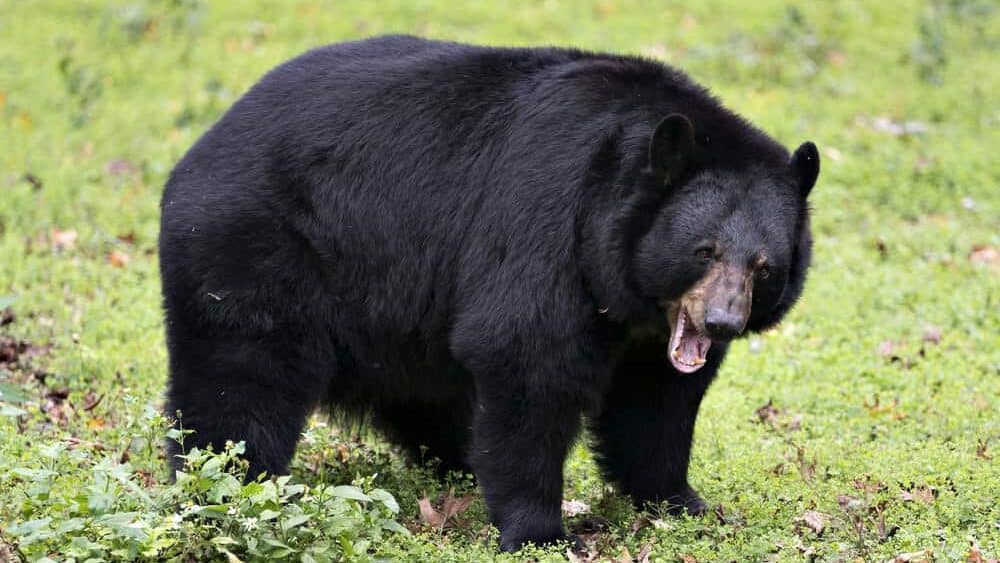
Perhaps the most dramatic indicator of forest recovery in Appalachia is the return of apex predators. Black bears, once confined to the most remote mountain areas, have expanded their range throughout much of the region. In West Virginia alone, the black bear population has grown from fewer than 500 in the 1970s to over 12,000 today. This recovery reflects the expansion of mature forest habitat and the presence of adequate food resources.
Other predators are making comebacks as well. Bobcats have increased their numbers and range, while coyotes have moved in to partially fill the ecological niche left by extirpated wolves. More remarkably, there is growing evidence of natural recolonization by cougars in parts of Appalachia, with confirmed sightings increasing in recent years. Researchers believe these may be pioneering individuals from western populations. The red wolf, while still critically endangered, has been the subject of reintroduction efforts in the southern Appalachians. These returning predators play vital roles in regulating prey populations and creating “landscapes of fear” that influence the behavior and distribution of other wildlife.
Bird Diversity Soars in Reforested Areas
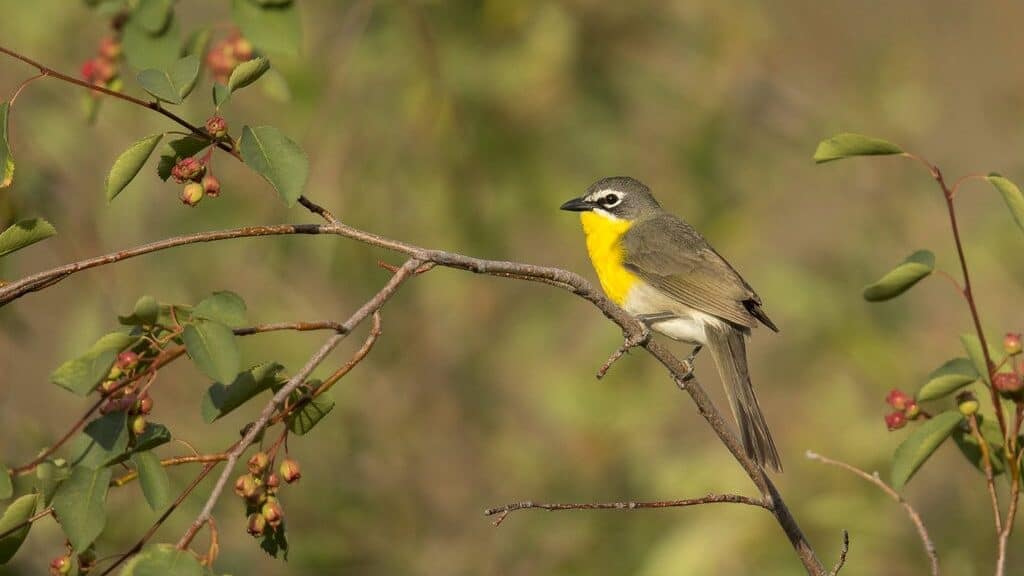
Birds have proven to be excellent indicators of forest recovery in Appalachia. Studies in reforested areas show dramatic increases in both bird abundance and diversity as trees mature. Young forests initially attract species like indigo buntings, yellow-breasted chats, and prairie warblers, which thrive in early successional habitats. As forests mature, they support interior forest specialists including scarlet tanagers, wood thrushes, and cerulean warblers – species that had declined sharply with forest fragmentation.
The return of these birds isn’t just aesthetically pleasing; it represents restored ecological function. Birds disperse seeds, control insect populations, and serve as prey for larger predators. Particularly encouraging is the recovery of species like the cerulean warbler, which has declined by about 70% since the 1960s but is finding refuge in the maturing forests of Appalachia. Bird conservation organizations have specifically targeted reforestation efforts to benefit these vulnerable species, creating habitat corridors that connect isolated forest patches and allow for greater genetic exchange among populations.
Mammals Making a Comeback
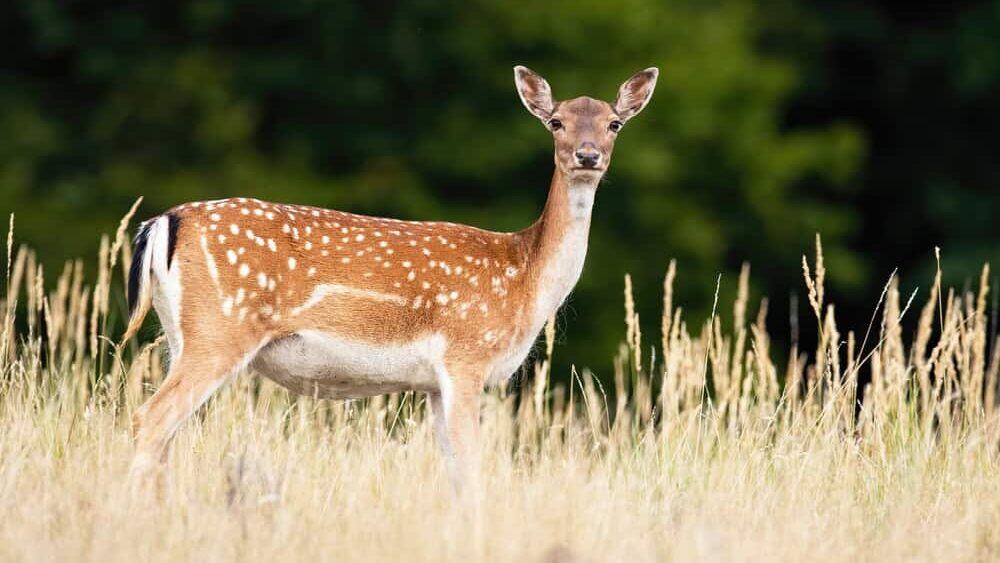
Medium and large mammals have shown remarkable resilience as forests have returned to Appalachia. White-tailed deer, nearly eliminated from the region by the early 1900s, now thrive throughout the Appalachian forests, sometimes reaching populations that exceed the land’s carrying capacity. Wild turkeys, reintroduced beginning in the 1950s, have exploded in numbers, with the regional population estimated at over 2 million birds. These recoveries demonstrate the capacity of wildlife to rebound when habitat conditions improve.
More specialized forest mammals have also benefited from reforestation. American beavers, once trapped to near extinction, have returned to modify streams and create wetland habitats that benefit countless other species. Fishers, mid-sized predators in the weasel family, have been successfully reintroduced to parts of West Virginia, Pennsylvania, and Tennessee after being extirpated in the early 20th century. Even elk, reintroduced to Kentucky beginning in 1997, now number over 13,000 animals and have expanded into neighboring states. These large herbivores help maintain open areas within forests through their browsing, creating diverse habitat mosaics that benefit many other species.
Aquatic Ecosystem Recovery

The health of Appalachia’s numerous streams, rivers, and wetlands is intimately connected to its forests. As trees have returned to once-barren slopes, they’ve helped stabilize soils, reducing erosion and sedimentation that had devastated aquatic ecosystems. Studies show that forested watersheds in the region now export significantly less sediment than they did decades ago, creating clearer, more oxygenated waters that support greater biodiversity.
This improved water quality has allowed for the recovery of numerous aquatic species. Native brook trout, an iconic Appalachian fish that requires cold, clean water, have returned to streams where they had disappeared. Freshwater mussels, among North America’s most endangered animal groups, are showing signs of recovery in some watersheds. These filter-feeders play crucial roles in maintaining water quality. Hellbender salamanders, North America’s largest amphibians, which can grow to over two feet long, depend on clear, oxygen-rich streams with rocky bottoms – exactly the conditions that improved forest cover helps create. Their slowly increasing numbers in some watersheds represent a powerful success story for reforestation efforts.
The Role of Wildlife Corridors in Forest Connectivity

As forests have returned to Appalachia, conservation biologists have increasingly focused on connectivity between habitat patches. Wildlife corridors – strips of suitable habitat connecting larger habitat blocks – allow animals to move safely between areas, promoting genetic diversity and resilience to environmental changes. Organizations like The Nature Conservancy have mapped critical corridors throughout the Appalachian region and targeted these areas for protection and reforestation.
These corridors are particularly important in the face of climate change, as they allow species to shift their ranges in response to changing conditions. For example, the Appalachian Trail corridor, which runs for over 2,000 miles along the mountain chain, serves as a north-south migration route for countless species. Regional initiatives like the Central Appalachian Forest Connectivity project work to identify and protect east-west corridors as well. By strategically focusing reforestation efforts on these connection zones, conservationists maximize the ecological impact of limited resources and create a more resilient landscape capable of supporting wildlife in a changing world.
Economic Benefits of Wildlife Restoration
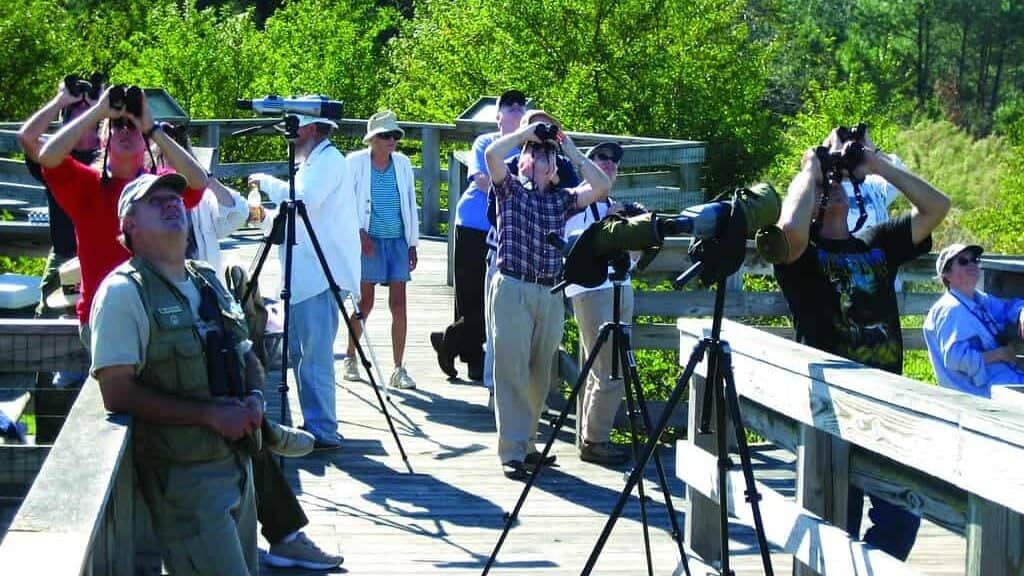
The return of wildlife to reforested areas of Appalachia has generated significant economic benefits for a region struggling with the decline of extractive industries. Wildlife tourism now contributes billions of dollars annually to the Appalachian economy. Elk viewing alone draws over 100,000 visitors to eastern Kentucky each year, generating more than $5 million in direct and indirect economic impacts. Birdwatching tourism is growing rapidly, with festivals dedicated to species like warblers attracting visitors from around the world.
Hunting and fishing, traditional activities in Appalachian culture, have been revitalized by wildlife recovery. In West Virginia, hunting and fishing generate over $500 million annually in economic activity, supporting thousands of jobs in rural communities. Even non-consumptive wildlife appreciation creates economic value – studies estimate that each breeding pair of eagles generates about $35,000 in local economic activity through tourism. As Appalachian communities transition away from coal dependency, these sustainable wildlife-based economies offer promising alternatives that align economic and ecological well-being.
Challenges and Threats to Recovery

Despite impressive progress, wildlife recovery in Appalachia faces significant challenges. Invasive species pose perhaps the most immediate threat. Insects like the hemlock woolly adelgid and emerald ash borer are causing widespread mortality in key tree species, while invasive plants like autumn olive and multiflora rose can outcompete native vegetation in reforested areas. Climate change is altering temperature and precipitation patterns, potentially pushing some species beyond their physiological limits and facilitating the spread of both invasive species and native pests.
Ongoing development pressure threatens to fragment recovering forests. Despite population decline in many rural Appalachian counties, suburban sprawl continues to expand around metropolitan areas like Pittsburgh, Knoxville, and Asheville. Energy development, including natural gas extraction and utility-scale wind and solar installations, creates additional pressure on forest habitats. Finally, cultural resistance can hinder wildlife recovery – the return of predators like bears and coyotes has generated conflict with farmers and pet owners, while misconceptions about environmental regulations sometimes create opposition to conservation efforts among landowners.
Community-Based Conservation Initiatives

Some of the most successful wildlife recovery stories in Appalachia have emerged from community-based initiatives that engage local residents as conservation partners. Programs like Working Lands for Wildlife, a partnership between the USDA Natural Resources Conservation Service and the U.S. Fish and Wildlife Service, provide financial and technical assistance to private landowners who implement habitat improvements. In central Appalachia, this program has helped restore thousands of acres of forest habitat for the cerulean warbler and other at-risk species.
Community forests represent another innovative approach, where municipalities or local organizations own and manage forestland for multiple benefits including wildlife habitat, recreation, education, and sustainable timber harvesting. The 10,000-acre Brushy Mountain Community Forest in North Carolina exemplifies this model, providing wildlife habitat while creating jobs through sustainable forestry and outdoor recreation. These community-centered approaches recognize that lasting conservation success depends on local buy-in and economic benefits. By making wildlife recovery economically advantageous and culturally meaningful to Appalachian communities, these initiatives build resilience and sustainability into the conservation model.
The Future of Appalachian Wildlife

The remarkable recovery of forests and wildlife in Appalachia over the past century offers profound hope for ecological restoration elsewhere. From nearly barren landscapes denuded by logging and mining, complex forest ecosystems have returned, bringing with them an increasingly complete assemblage of native wildlife. This recovery demonstrates nature’s resilience when given the opportunity to heal. However, the work is far from complete. The forests of today, while extensive, differ in composition and structure from the pre-settlement forests, lacking once-dominant species like American chestnut and suffering from simplified understory communities due to overbrowsing by deer.
Looking forward, the challenge will be to build on current successes while addressing emerging threats. This will require continued investment in science-based restoration, protection of core habitats and corridors, control of invasive species, and adaptation to climate change. It will also demand greater integration of ecological and economic goals, recognizing that the future of Appalachian wildlife is inseparable from the future of Appalachian communities. With thoughtful management and continued commitment from diverse stakeholders, the wildlife comeback in Appalachia’s reforested landscapes can continue to serve as an inspiring model of ecological recovery in a human-dominated world.
The story of wildlife returning to Appalachia’s reforested landscapes represents one of America’s most significant conservation success stories. From the brink of ecological collapse in the early 20th century, with barren hillsides and vanished wildlife, the region has experienced a remarkable transformation through both natural forest regeneration and intentional reforestation efforts. Species once absent from the landscape – from black bears to cerulean warblers, from beavers to brook trout – now find homes in recovering woodlands that stretch along the ancient mountain chain.
This recovery reminds us that ecological damage, even when severe, need not be permanent. When given space and opportunity, nature demonstrates remarkable powers of healing and regeneration. The return of Appalachia’s forests and wildlife also demonstrates the value of taking a long view in conservation – many of today’s wildlife successes stem from policies and actions initiated decades ago by visionary conservationists who would never live to see the full fruits of their labor.
Perhaps most importantly, the Appalachian wildlife comeback offers a blueprint for integrating ecological recovery with human well-being. In a region that has faced profound economic challenges, the return of forests and wildlife is creating new opportunities for sustainable livelihoods based on the region’s natural heritage. The lessons learned in Appalachia – about reforestation techniques, wildlife reintroduction, community engagement, and economic revitalization – have global relevance as societies worldwide seek to restore degraded landscapes while supporting human communities.
As we face unprecedented environmental challenges, Appalachia’s reforested mountains stand as living proof that with determination, scientific knowledge, and patience, we can help wildlife return to landscapes once written off as irreparably damaged. This should give us hope and inspiration for the critical conservation work that lies ahead.
- The Largest Hailstones Ever Recorded in the US—And Their Impact - August 17, 2025
- Koalas Sleep More Than Sloths - August 17, 2025
- How Wild Dolphins Use Medicinal Coral to Heal Wounds - August 17, 2025

